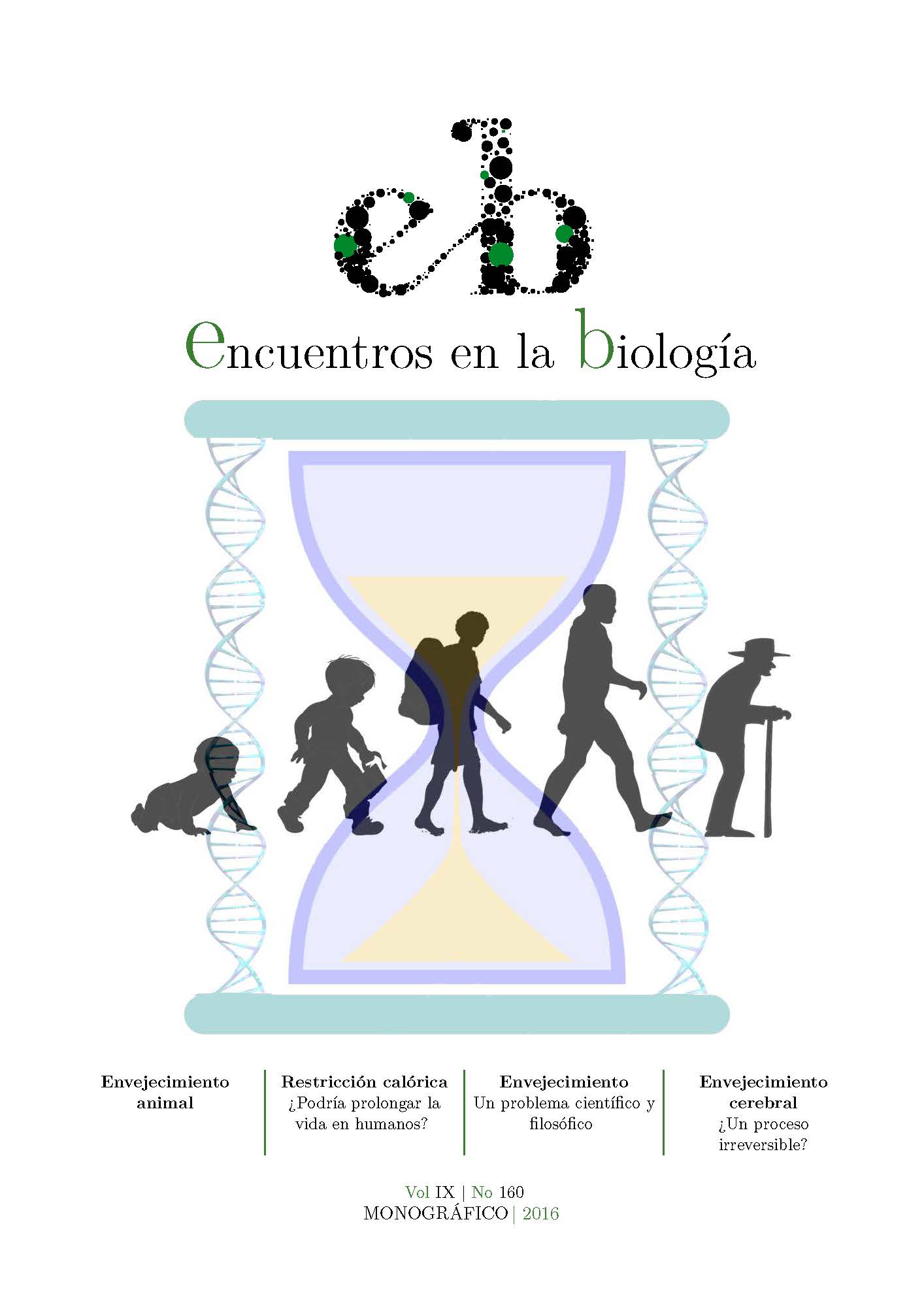Is cellular rejuvenation possible?
Keywords:
rejuvenation, anti-aging, iPSCs, CRISPR-CAS9, muscular dystrophyAbstract
Aging is a gradual and intrinsic cellular process influenced by lifestyle that alters cellular homeostasis. iPSCs generation allowed cellular reprogramming and even rejuvenate cells. Moreover, genome editing tools such as CRISPR/Cas9 and culture medium changes may allow iPSCss production of aged individuals. This article shows how the combination of these revolutionary technologies can be used to treat aging-associated diseases
Downloads
Metrics
Publication Facts
Reviewer profiles N/A
Author statements
Indexed in
-
—
- Academic society
- N/A
- Publisher
- Uma Editorial. Universidad de Málaga
References
Williams G. George Williams antagonistic pleiotropy theory of aging. Evolution 11(4): 398-411, 1957.
Kirkwood T. Evolution of ageing. Mechanisms of ageing and development 123(7) 37-745, 2002.
López-Otín C y otros. The hallmarks of aging. Cell 153(6): 1194-1207, 2013.
Zhang R y otros. The Four Layers of Aging. Cell Systems 1(3): 180–186 http://doi.org/10.1016/j.cels.2015.09.002.
Geiger H y Jasper H. Stem Cell Aging: Mechanisms, Consequences, Rejuvenation. Vienna: Springer Vienna, 2015.
Garatachea N y otros. Exercise Attenuates the Major Hallmarks of Aging. Rejuvenation Research, 18(1): 57–89, 2015. http://doi.org/10.1089/rej.2014.1623.
Lee J y otros. Beta-Lapachone, a Modulator of NAD Metabolism , Prevents Health Declines in Aged Mice. PLoS ONE, 7(10), 2012 http://doi.org/10.1371/journal.pone.0047122.
Takahashi, K. y Yamanaka, S. (2006). Induction of Pluripotent Stem Cells from Mouse Embryonic and Adult Fibroblast Cultures by Defined Factors. Cell, 126(4), 663–676. http://doi.org/10.1016/j.cell.2006.07.024
Takahashi K y otros. Induction of Pluripotent Stem Cells from Adult Human Fibroblasts by Defined Factors. Cell, 131 (5):861–872, 2007.
Soria-Valles C y López-Otín C. iPSCs: On the Road to Reprogramming Aging. Trends in Molecular Medicine, vol. xx: 1–12, 2016.
Oh J y otros. Stem cell aging: mechanisms, regulators and therapeutic opportunities. Nature Medicine, 20(8):870–880, 2014. http://doi.org/10.1038/nm.365.
Rando S y otros. Aging, rejuvenation, and epigenetic reprogramming: Resetting the aging clock. Cell, 148(1–2):46–57, 2012. http://doi.org/10.1016/j.cell.2012.01.003.
Pareja-Galeano H y otros. IPSCs-based anti-aging therapies: Recent discoveries and future challenges. Ageing Research Review, 27:37–41, 2016.
Nguyen A y otros. The diverse functions of Dot1 and H3K79 methylation. Genes and development; 3:1345–1358.
http://doi.org/10.1101/gad.2057811.ute
Rony I y otros. Inducing pluripotency in vitro: Recent advances and highlights in induced pluripotent stem cells generation and pluripotency reprogramming. Cell Proliferation, 48(2):140–156, 2015. http://doi.org/10.1111/cpr.12162.
Mojica FJM y otros. Short motif sequences determine the targets of the prokaryotic CRISPR defence system. Microbiology, 155(3): 733–740, 2009.
Merkle FT y otros. Efficient CRISPR-Cas9-Mediated Generation of Knockin Human Pluripotent Stem Cells Lacking Undesired Mutations at the Targeted Locus. Cell Reports, 11(6):875–883, 2015.
Guiraud, S y otros. Advances in genetic therapeutic strategies for Duchenne muscular dystrophy. Experimental Physiology 12:1458 1467,2015. http://doi.org/10.1113/EP085308
Downloads
Published
How to Cite
Issue
Section
License
Esta obra está bajo licencia internacional Creative Commons Reconocimiento-NoComercial-CompartirIgual 4.0.
Esta revista provee acceso libre inmediato a su contenido bajo el principio de hacer disponible gratuitamente la investigación al público. Todos los contenidos publicados en Encuentros en la Bilogía están sujetos a la licencia Creative Commons Reconocimento-NoComercia-Compartirigual 4.0 cuyo texto completo puede consultar en <http://creativecommons.org/licenses/by-nc-sa/4.0>
Se pueden copiar, usar, difundir, transmitir y exponer públicamente, siempre que:
Se cite la autoría y la fuente original de su publicación (revista, editorial y URL de la obra).
No se usen para fines comerciales.
Se mencione la existencia y especificaciones de esta licencia de uso
Los derechos de autor son de dos clases: morales y patrimoniales. Los derechos morales son prerrogativas perpetuas, irrenunciables, intransferibles, inalienables, inembargables e imprescriptibles. De acuerdo con la legislación de derechos de autor, Encuentros en la Biología reconoce y respeta el derecho moral de los autores/as, así como la titularidad del derecho patrimonial, el cual será cedido a la Universidad de Málaga para su difusión en acceso abierto. Los derechos patrimoniales, se refieren a los beneficios que se obtienen por el uso o divulgación de las obras. Encuentros en la Biología se publica en open access y queda autorizada en exclusiva para realizar o autorizar por cualquier medio el uso, distribución, divulgación, reproducción, adaptación, traducción o transformación de la obra.
Es responsabilidad de los autores/as obtener los permisos necesarios de las imágenes que están sujetas a derechos de autor.
Los autores/as cuyas contribuciones sean aceptadas para su publicación en esta revista conservarán el derecho no exclusivo de utilizar sus contribuciones con fines académicos, de investigación y educativos, incluyendo el auto-archivo o depósito en repositorios de acceso abierto de cualquier tipo.
La edición electrónica de esta revista esta editada por la Editorial de la Universidad de Málaga (UmaEditorial), siendo necesario citar la procedencia en cualquier reproducción parcial o total.


